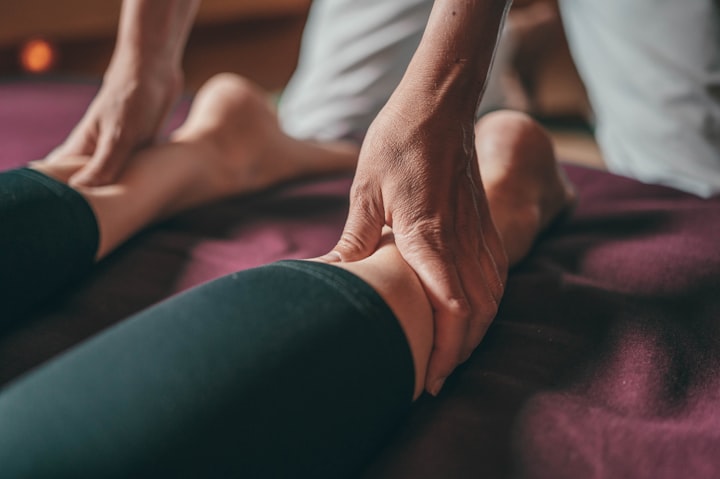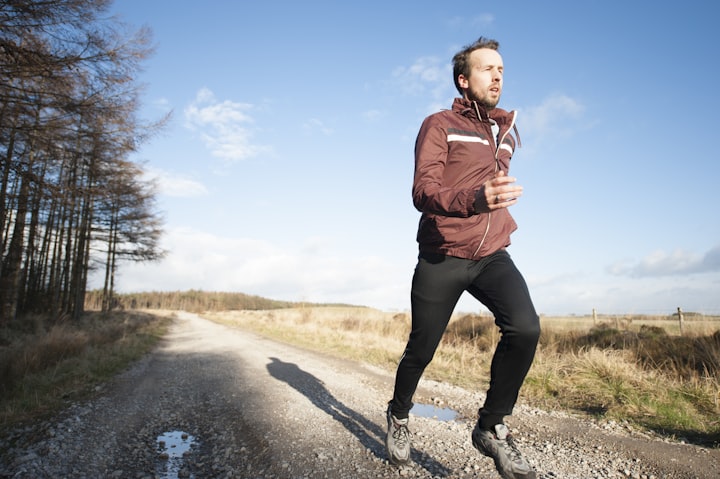How Do You Approach Recovery for Injuries that are at Different Stages?
You may be at different junctures of your injury as a runner. Read to find out how should be your approach to injury recovery.

"I don't know how long it is going to take to recover from this injury".
"This injury has been coming back again and again. I don't know what to do."
If you are going through one of these as a runner, this article is for you.
Inadvertently, every runner goes through running-related injuries in their journey of running transformation. Most runners become unhappy when they are injured because they cannot run. Not running feels like a crime for most runners. Even I have been through that phase in my running episodes. While it is usual to feel that way, what would help is recovering faster to return to running, happily preparing for our upcoming races.
How would you recover faster from a running injury?
Well, it would depend on what kind of injury you have and how severe they are.
Let’s look at a few injury categories and how you should go about recovering from them.
Any injury that cannot let you run (even effortless pace), you have an injury that needs active and immediate care. It would not be advisable to run in this condition. Your focus should be to only recover from the injury before you run or do any other straining activities that would cause further damage.
What could you do?
- You can do cycling/biking if you are not going to impact the injured area.
- You can do regular stretches more frequently and include a few yoga asanas if they can help. The idea is that if you have an active injury in an area and when the muscles around that area get stretched, you have better possibilities to send all the shocks/load to your muscles as you walk or do any other lighter activities.
- You could use a gel pack (ice and cold) to heal from any inflammation. Icing is a must post your other workouts and stretches.
- You could swim too, as it is a low-impact activity. It relaxes most of your muscles and relieves pain.
- You could take massages based on your physiotherapist’s advice.
- Use braces or bandage tapes around the injured area. You can also use compression socks to help maintain blood flow and reduce discomfort and swelling.
You have an injury and run short distances (up to 10K, for example), but your pain increases as you do those runs means you are causing further damage to the injury through running.
What could you do?
- Try using caps if they can let you do other workouts with lesser impacts. Say, if you have ITB pain or any other knee pain, you may use a knee cap to see if that reduces your pain or impact while doing other workouts. Similarly an ankle brace for ankle-related pains.
- You can continue with your strength workouts as long as you don’t impact the injured area.
- You could do most of the things called out as in the above section except running.
You feel the injury pain only at certain times. For example, heel pain immediately after waking up in the morning or experiencing no pain during running, but it reoccurs only after running (shin pains or ankle pains).
What could you do?
- These injuries are more passive. They definitely need your attention.
- For heel pain, you could do plantar stretches. For heel spur, you could stretch Achilles tendons.
- Run short distances at a relatively lesser pace if possible. Keep low weekly mileage until you are sure that you are recovering from the injury. You can adapt to the run-walk-run method with just 20 to 30% running in your overall mileage.
- You could do most of the things called out as in the first section.
The more your urge to run during injury recovery, you may have to practice more not to run, which would fasten your recovery. These are general guidelines when it comes to how you approach your recovery. There may be additional treatment methods such as electrical vibration therapy for specific joint injuries that you could undergo based on the Doctor's advice. In case of severe injuries, it would be advisable to get an X-ray done to understand the severity of the injuries. Because sometimes, injuries not treated in the short term lead to stress bone fractures (E.g. shin splints).
Always remember this. Actively working on recovery would always enable you to return to running sooner than being passive. Passive recovery means resting too much, which also leads to fitness loss for runners. So, it is always best to work actively on injury recovery through other means, as called out above.
Also, remember this rule of going gradual post your recovery. Your training needs to go through progressive overloading (weights for strength, speed, or distance) to ensure your body can absorb it. If you go too fast with any of them, the return of the injury is guaranteed.
Keep Running. Cheers.
If you like my article, please subscribe. Also, do not forget to leave a heart!
Visit Runner-Forever to learn more!
Join Runner-Forever Facebook Group and Runner-Forever Facebook Page, if you are keen to learn more about inspired holistic running and be able to interact with other runners who are on a similar wellness journey.
You can also buy my book on running, written to inspire all aspiring runners to pick running and help seasoned runners to improve their running towards holistic wellness - Be a Runner Forever - How to Become and Be an Inspired Holistic Runner
Disclaimer: This article is not medical advice. The intention is to share this for informational purposes only. This article should never be a substitute for a professional medical practitioner's treatment, analysis, or prescriptions. Never ignore professional medical advice in seeking treatment.
About the Creator
Ganesh Kuduva
LinkedIn Top Voice | Founder - Runner Forever | Health & Wellness Coach | Author of BE A RUNNER FOREVER (Available on Amazon) | Corporate H&W Speaker | Follow me for posts on Health and Life Skills (www.runner-forever.com)






Comments
There are no comments for this story
Be the first to respond and start the conversation.